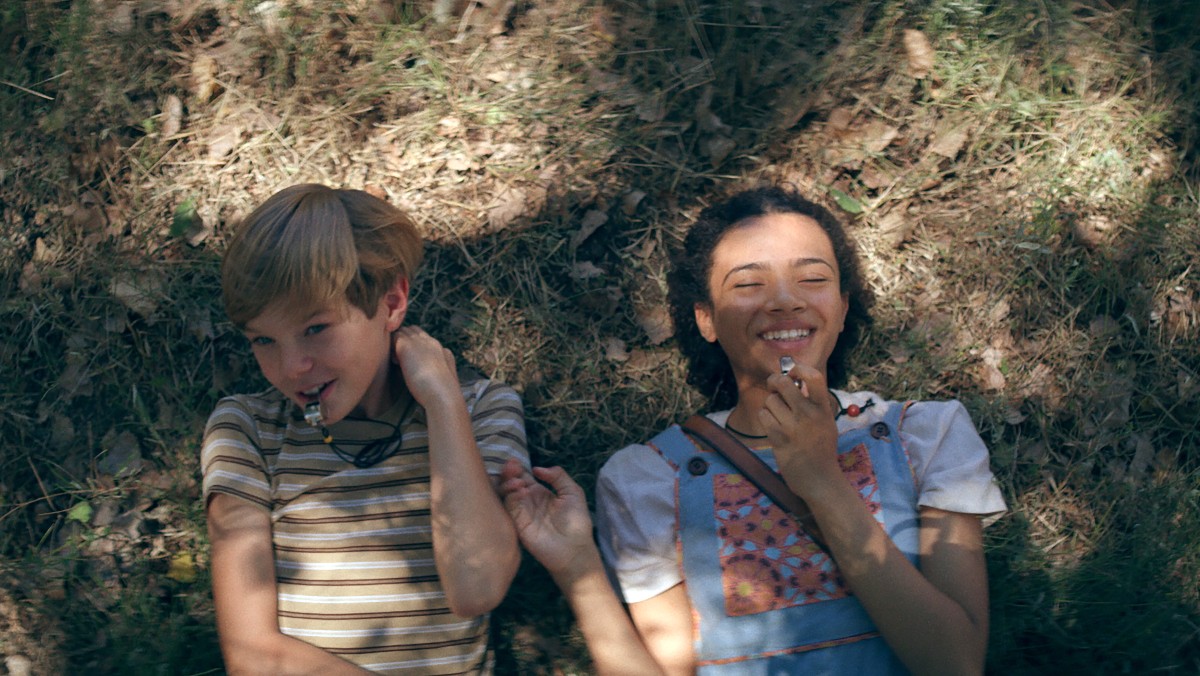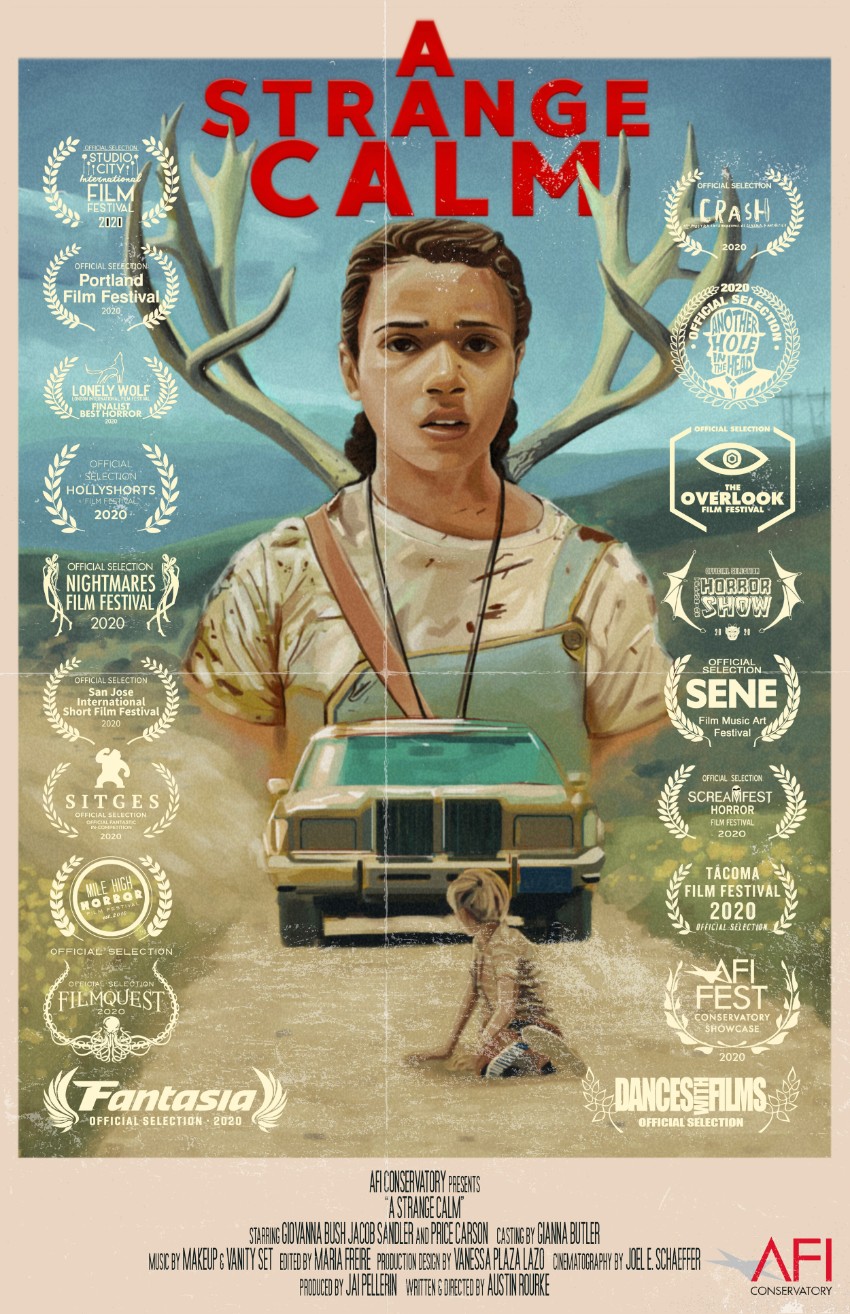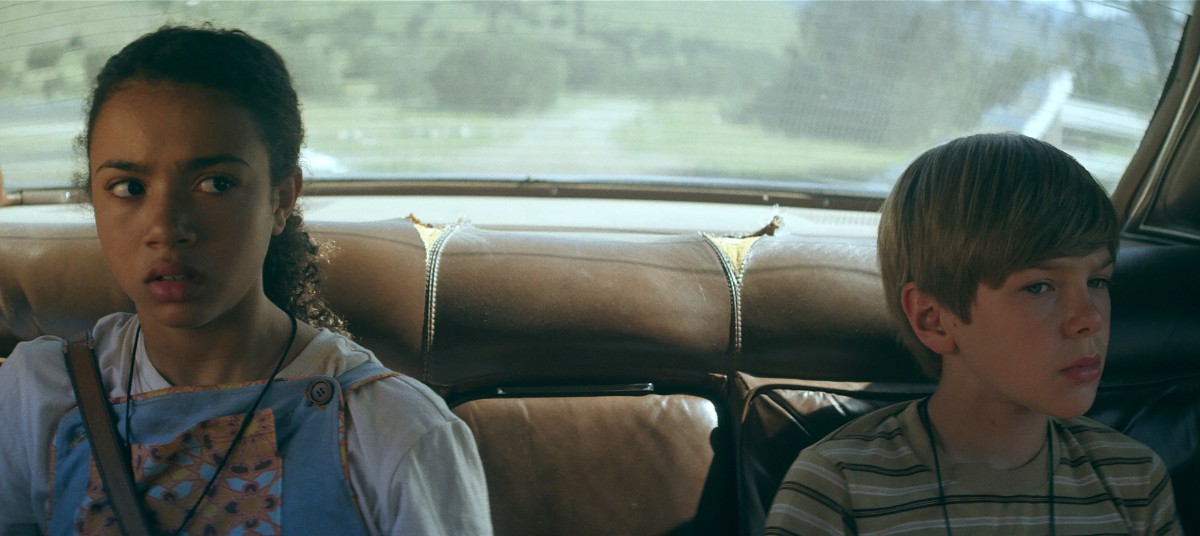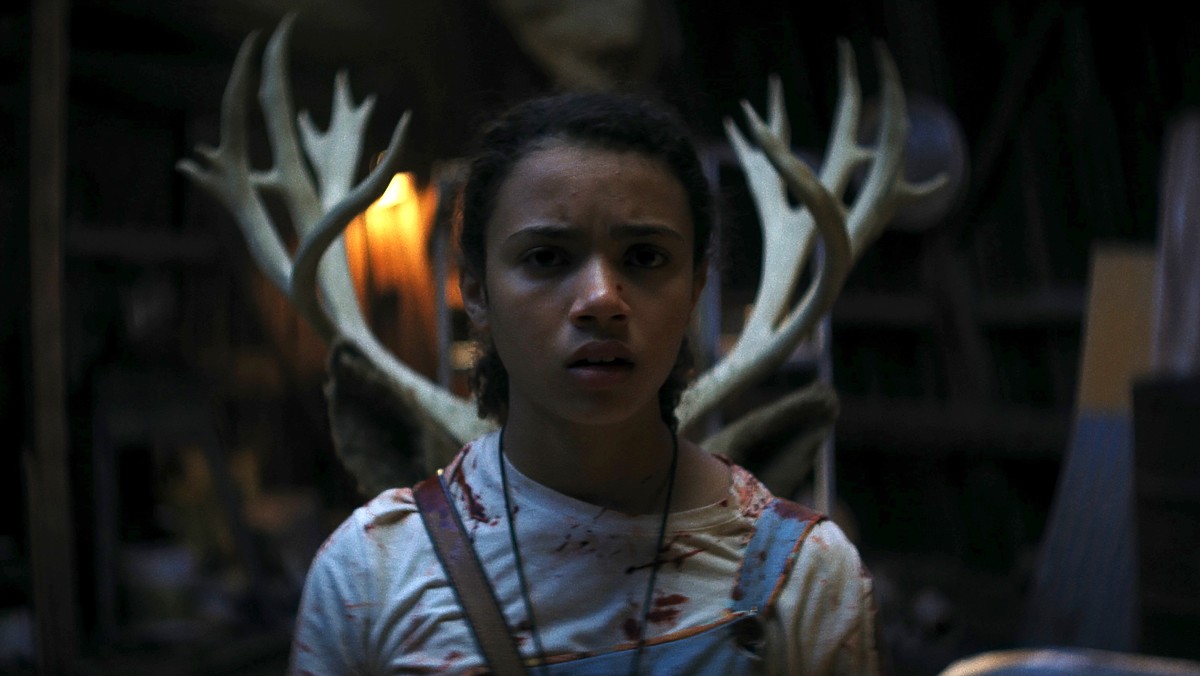
A Case Study
Narrative | Dramatic Features
Film Name: A Strange Calm
Genre: Thriller
Date: January 25, 2020
Director: Austin Rourke
Producer: Jai Marquel Pellerin
Writer: Austin Rourke
Cinematographer: Joel E. Schaeffer
Production Company: American Film Institute Conservatory
Budget: $48,000
Financing: American Film Institute + Crowdfunding
Shooting Format: Digital, RED Monstro with Anamorphic Lenses
Screening Format: DCP
World Premiere: Fantasia International Film Festival, Quebec
Awards: 4+ | Best Young Actress, Best Director, Best Thriller Short, Best Student Film, amongst others
Website: www.astrangecalm.com
indieactivity: What is your film about?
Austin Rourke (AR): ‘A Strange Calm’ is a thriller short produced at the American Film Institute Conservatory graduate school as the final thesis film of the program. When 12-year-old Rosie and Miles encounter a strange man on the Fourth of July, their journey to watch the fireworks on the outskirts of town becomes an unexpected fight for survival. Originally pitched to AFI in a much different way, the final film came to be what it is over a year of development, trimming out unnecessary fat and zeroing in on exactly what story we wanted to tell for the characters and the message/theme overall. AFI is effectively run as a small studio that teaches you every last detail of making a film by industry standards with all the necessary elements included; in other words, there is no guerrilla filmmaking at AFI.
The Official Trailer for A Stange Calm directed by Austin Rourke
Therefore, the goal was to make the best film possible—incorporating the necessary artistic and thematic elements—without wasting a second of screen time. A viewer’s ‘me is precious and an audience’s retention can be fleeting, so understanding exactly what it takes to captivate the audience’s imagination over a short period of ‘me, and holding the audience in suspense while also telling a full story in under fifteen minutes was the primary goal of the graduate program. But above all else, the film is a form of entertainment and escapism, and ensuring that we could take the audience on an engaging and entertaining journey in such a short window of time was the team’s ultimate goal.
Tell us about the festival run, marketing, and sales?
Austin Rourke (AR): ‘A Strange Calm’ has screened at a number of top festivals around the world, with particular emphasis on top genre festivals. We played at Fantasia International in Canada, Sitges International in Spain, HollyShorts in Los Angeles (of course) as well as a number of others. While the film is still in its festival run, once completed it will find online distribution on the “Alter” streaming service and “WeVe TV”. The film has been awarded a number of festival wins, with the primary focus going toward the film’s lead protagonist, Rosie, played by Giovanna Bush. Being 12-years-old at the time of the shooting, Giovanna has won a number of ‘best young actress’ awards for her performance in the film. In addition, the film has won a number of ‘best thriller’ awards as well as ‘best director’ and ‘best original score’.

Give the full Official Synopsis for your film?
Austin Rourke (AR): 12-year-old Rosie is determined to see the Fourth of July fireworks from a mountaintop vista that she remembers fondly from her youth. Despite his obvious resistance to the plan, she pushes her best friend Miles along on the journey. When the two encounters a strange man on the outskirts of town, their innocent journey to watch the fireworks becomes an unexpected fight for survival. Rosie’s insistence on recreating a nostalgic memory from her past causes her to sacrifice the ability to live in the moment and create new memories. As a result, unforeseen consequences will change her life forever.
Development & Financing?
Austin Rourke (AR): As mentioned previously, the film was made as to the final thesis film in AFI’s graduate filmmaking program. The process of making a thesis film begins with the director or screenwriter pitching an idea to the thesis board of AFI who then must approve a basic outline and story. Once that has been approved, the team of collaborators, which consists of other students at AFI studying producing, cinematography, production design, and editing, must form a team around the idea. From that point, the team develops the story into a script that must go through a rigorous process of feedback and review by the AFI’s production team to ensure all elements of the script can be produced with the team’s budget while also observing all necessary rules of the industry such a permiong from FilmLA, as an example.
AFI thesis films are required to shoot within the Hollywood Thirty Mile Zone, so all necessary requirements for shooting within the zone must be properly observed. As for financing, AFI provides the team with $14,000 of the film’s overall budget. From that point, the team must raise the remainder of the funds themselves, with the average film costing around $50,000 and the cap being set at $75,000. AFI had numerous classes on how fundraising within the film industry works and we were, thus, set on the path of realizing that budget ourselves. While some teams use a basic online crowdfunding source, that did not come highly recommended as that can give people the option to donate small amounts of money. Instead, we were encouraged to make face-to-face deals with people by describing exactly how much money we need and what exactly that financier’s donation would go toward. It was an arduous and stressful process but a necessary one nonetheless, and we ended up with a budget of around $50,000.

Production?
Austin Rourke (AR): Most thesis film productions at AFI are a five-day shoot but that can be less depending on the team’s budget. ‘A Strange Calm’ was shot for five days in April of 2019 with one day of additional photography in June 2019, after the first cut had been completed. The film was shot in Santa Clarita, California, which is the rural, mountainous, northern part of Los Angeles County. Once shooting was completed, we edited over the summer at AFI’s on-site editing studio and went into musical composition, coloring, and sound design in the fall. In addition to the completed film, AFI requires a number of other materials for final delivery. These materials include all paperwork, contracts, budget, deal memos, permits, etc., to be wrapped up and completed, as well as all necessary marketing and promotional materials, such as a poster, 30 and 60-second trailers, a press kit, behind-the-scenes photography and so on. Once delivery has been approved by AFI, the team schedules an AFI premiere that takes place at AFI’s theater is put on by the team, and involves a party and three screenings of the movie. From that point, the film enters the festival circuit that lasts for about 18 months.
Festival Preparation & Strategy?
AR: As I mentioned earlier, AFI does not approve the film for delivery unless the team has prepared all necessary marketing and promotional materials for the festival run. Being the team’s first major festival run, at the beginning, it was a trial-and-error learning process on determining which festivals are the most beneficial for the team and the film. We eventually narrowed in on top genre festivals that highlight thriller films such as ours and general festivals such as HollyShorts, that support independent filmmakers with a unique story or perspective. Since our film is a short film, we did not employ a PR team or a sales agent. All the festivals the film screened in were selected and paid for by the team. Navigating the film festival market is an important lesson for all filmmakers to learn so it was a special emphasis by AFI for the team to learn it themselves and understand how your particular film operates within the larger market. Once the festival circuit has reached its end, the team has been contacted by a number of streaming services that will allow for wider distribution online.

The Release?
AR: The initial release was the AFI Premiere, set on AFI’s campus in the main theater. This is essentially the celebration that ends the filmmaker’s journey at the graduate school. The team is in charge of inviting anyone and everyone they can, which most of the ocean includes friends, family, professional connections, and the other students in the program. This, however, does not technically count as a world premiere since it’s a private event. From there, we had a number of premieres around the world at different festivals, with the first major one being at Fantasia International Film Festival in Quebec.
Advice from the Filmmaker?
AR: Don’t feel as though you are above any type of feedback. Take as much feedback on your project as you can get and learn how to pick and choose what is important to you as a storyteller that will help service the overall film. Never stop learning. Never think that you’ve made it; always keep working on the next project and striving to make better work. And most importantly, treat your collaborators with respect. At the end of the day, your collaborators will be the only thing you have moving forward and you need them more than you need anything else. No one is going to hand you a film career. So you have to keep pushing, keep creating, and keep your collaborators by your side.
Tell us what you think of the Case Study for A Strange Calm What do you think of it? Let’s have your comments below and/or on Facebook or Instagram! Or join me on Twitter.
Follow Austin Rourke on Social Media
Website
IMDb
Facebook
LinkedIn
Instagram
Vimeo
MORE STORIES FOR YOU









